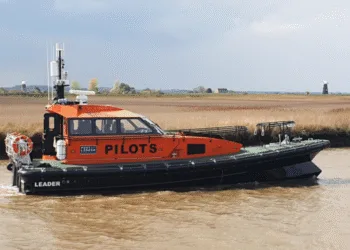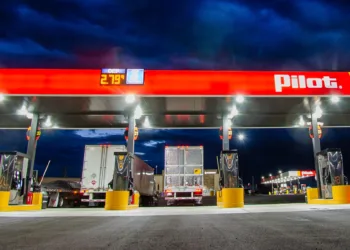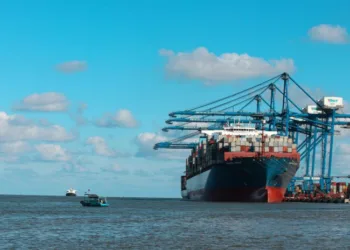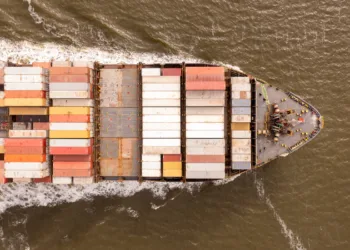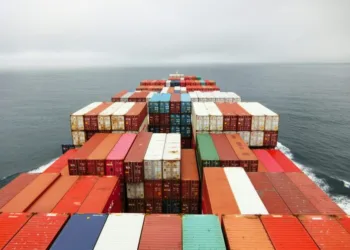Belgian marine contractor Jan De Nul has placed an order for a new dedicated subsea rock installation vessel to meet growing global demand for the protection of underwater energy and data infrastructure.
The newbuild, named George W. Goethals, will focus on energy-sector projects, particularly in the North Sea and Southeast Asia. The vessel, with a carrying capacity of 37,000 tonnes, will feature both a vertical and inclined fall pipe system, allowing it to install extra-large rocks at depths of up to 400 m.
“This is a major investment and a carefully considered decision,” said Philippe Hutse, director of offshore energy at Jan De Nul, adding: “Protecting the infrastructure that supports offshore energy production and transmission is essential. With this vessel, we are shifting into a higher gear to meet that challenge head-on.”
The vessel will be built as an ultra-low emission unit, equipped with dual exhaust filters, selective catalytic reduction, and engines capable of running on biofuel and green methanol. A hybrid power plant combining batteries and generators will further cut CO₂ output and optimise fuel use, the company said.
Although the shipyard of choice and delivery schedule have yet to be disclosed, the newbuilding will join Jan De Nul’s expanding offshore fleet, which also includes two extra-large cable layers under construction, the Fleeming Jenkin and the William Thomson. Each will carry up to 28,000 tonnes of cable, designed for long-distance interconnectors linking power grids across continents.
The George W. Goethals is named after the American engineer who oversaw the construction of the Panama Canal, a project in which Jan De Nul was involved during the 2009–2016 expansion works.




